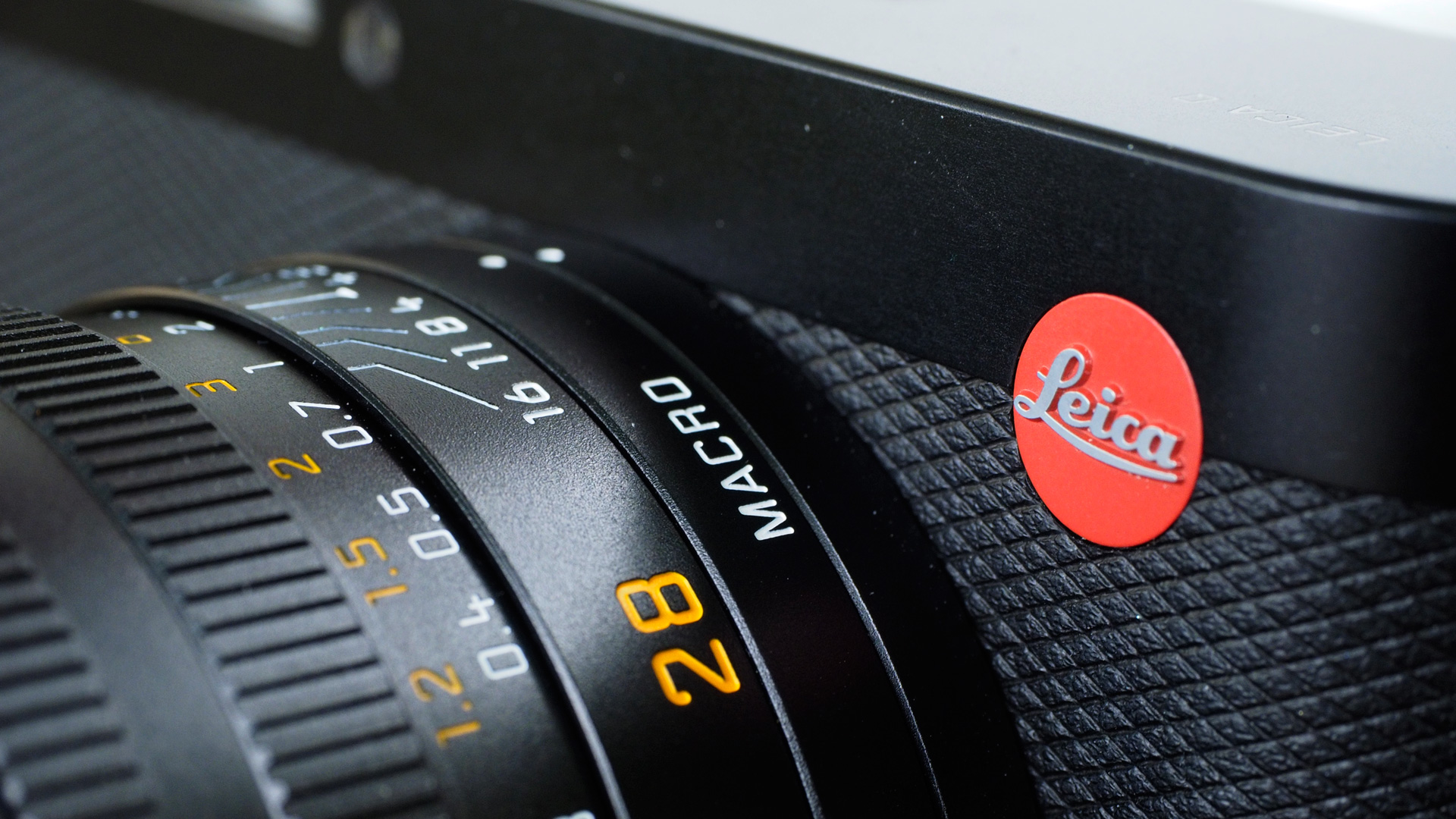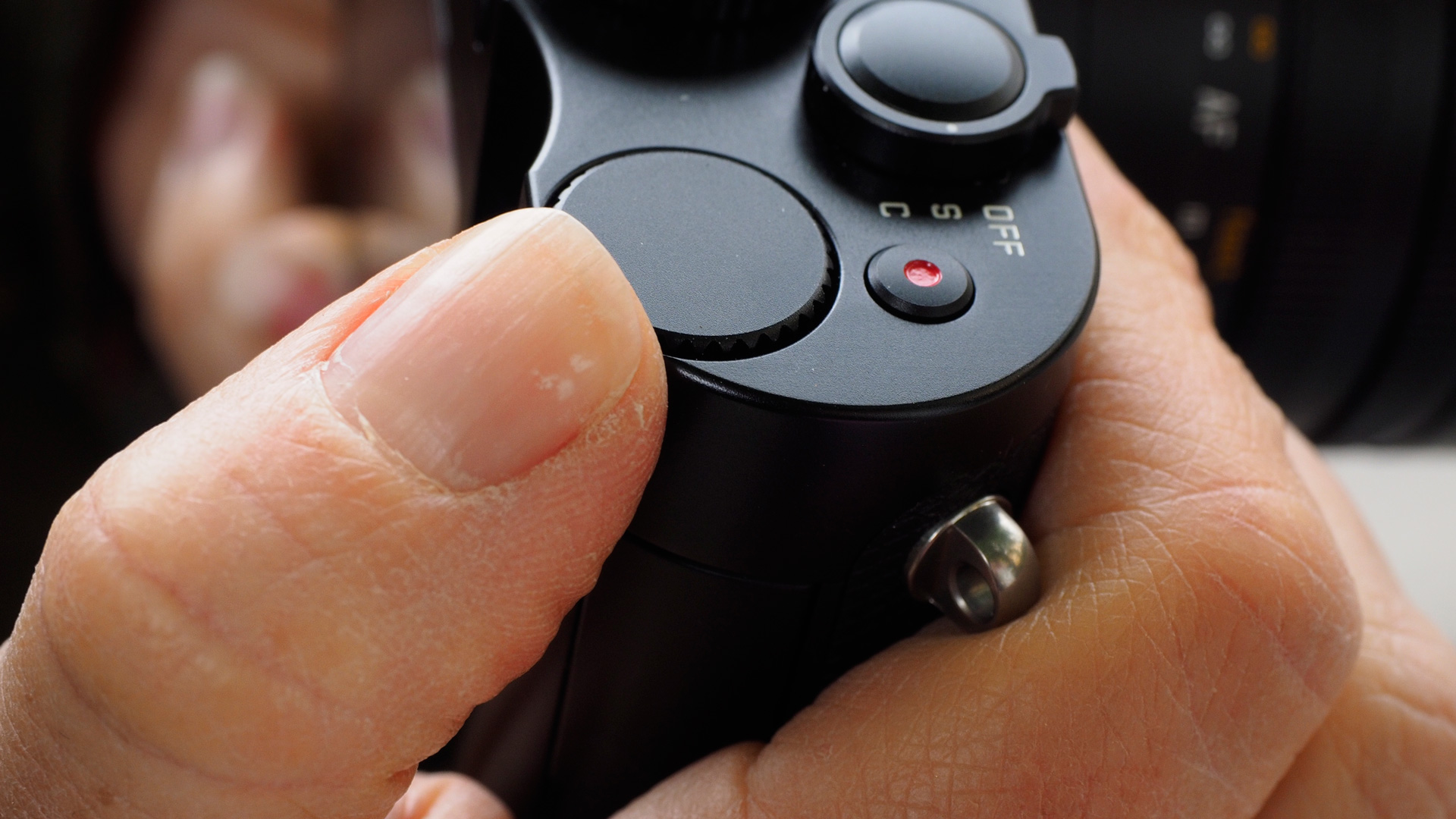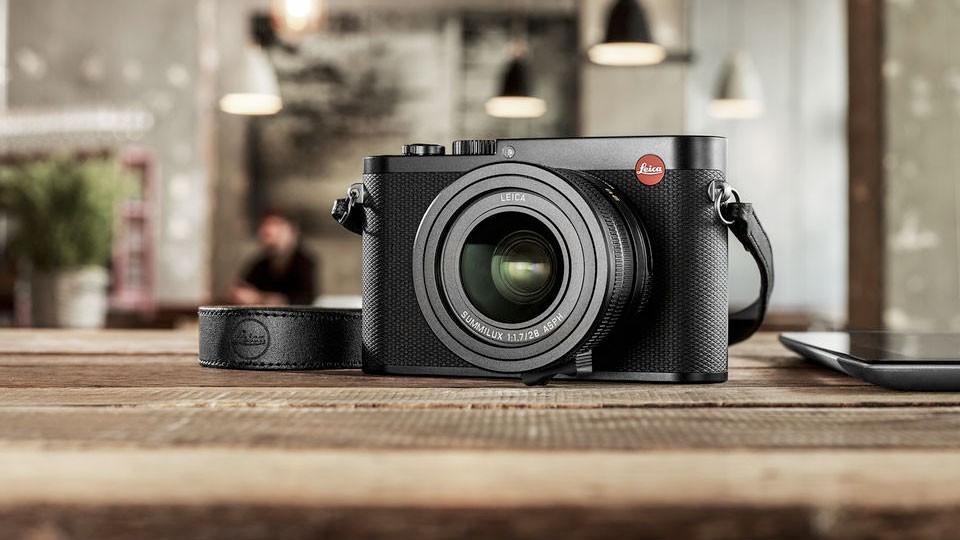Why you can trust TechRadar
As a compact camera with a 24Mp full-frame sensor and a fixed 28mm f/1.7 lens, the Leica Q is in a very limited field. Its closest competition comes from the Sony RX1 and RX1R. Both of these cameras have the same pixel count, but their lens is a 35mm f/2.0, not quite so wide or bright as the Q's. Unlike the Q, neither of these cameras have a viewfinder built-in either.
Leica doesn't make cheap cameras, and while the Q is certainly expensive, its price doesn't compare too badly with the Sony RX1 and RX1R – especially when you keep the differences in mind.
With automatic scene modes that override the settings on the aperture ring and shutter speed dial, the Q's traditional appearance and build belies its mainstream functionality. This is a camera that could be used by inexperienced photographers, but it holds most appeal for experienced shooters who appreciate traditional controls, the benefits of a full-frame sensor and Leica's optical knowhow.
Some may struggle to come to terms with Leica's decision to give the Q an electronic viewfinder (EVF) rather than an optical one, but unlike Leica's M cameras, the Q isn't a rangefinder model and it has automatic focusing.
We liked
The Q looks and feels superb, with carefully crafted lines and a solid feel. It's not the most comfortable camera to hold or use, but it's not the worst either and the indent for your thumb on the back and the textured coating on the front do just enough to keep it steady in your grasp.

Traditional controls make setting aperture and shutter speed quick and easy, plus you can check them with a glance without even turning the camera on. In addition, the Q has a fast and accurate autofocus system with a macro setting that brings the closest focusing distance to just 17cm.
With a full-frame sensor and a maximum aperture of f/1.7 it's possible to restrict depth of field dramatically to focus attention on your subject produce attractively blurred backgrounds.
Most importantly, the Q is capable of capturing very high quality images that have superb levels of sharp detail and good colours.
We disliked
Generally speaking the Q is a real pleasure to use, but there are a few little niggles worth mentioning largely because of the cost involved. The exposure compensation dial sounds rather tinny in action, for example, and the macro focus ring and manual focus release button on the lens are both rather fiddly to use. It would also be nice if greater use was made of the touch-screen's capabilities and for the electronic level to carry on operating when the shutter release is depressed.

I'd like a bit more of a grip on the front of the camera, but that would be a departure from Leica's M-like styling and there is an optional grip available.
As a full-frame camera the Q isn't small, but it lacks the bulk of full-frame DSLRs like the Canon 5DS or 5D Mark III. Anyone searching for a pocketable compact camera needs to look elsewhere.
Verdict
Although it has automated shooting options that suit novice photographers, the Leica Q is a serious camera for a serious price. It may lack some of the features of modern compact cameras, such as a host of filter effects and dynamic range optimisation options, but the Q isn't necessarily worse for that. It means the menu is relatively short, so you can find what you're looking for quickly and it's easier to focus on the more important aspects of photography.
Leica has also managed to combine its traditional styling with modern features such as an electronic viewfinder and a live view enabled touch screen in a camera that's capable of producing superb quality images.
The Q is a beautiful camera that hints at the future for Leica.
